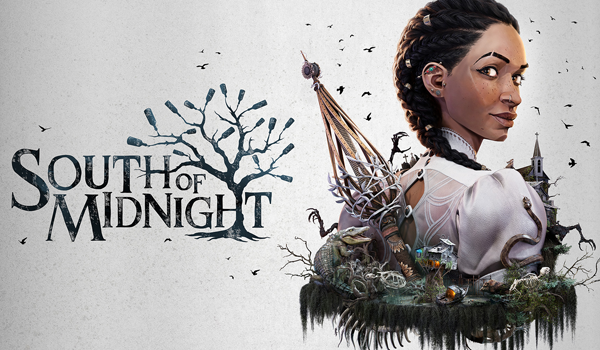
Towers and Powers is a VR tower defence game with some interesting mechanics of its own.
From your godlike position up above, you’ll build towers by purchasing some citizens and placing them on predetermined platforms. Each little guy has a different profession and so builds a different tower with different strengths and weaknesses, as you’d expect of the genre. It doesn’t stop there though as towers can have up to three floors, built in the same way but each floor adds to the capabilities of the tower. Create a tower from three basic villagers and you’ll have an arrow tower with a greatly increased fire rate. Swap the top floor out with a Monk and you’ll have a tower that lobs barrels of booze (an AoE attack that lowers defence), but at a moderately increased rate. You’ll unlock more “jobs” as you advance through the fifteen levels.
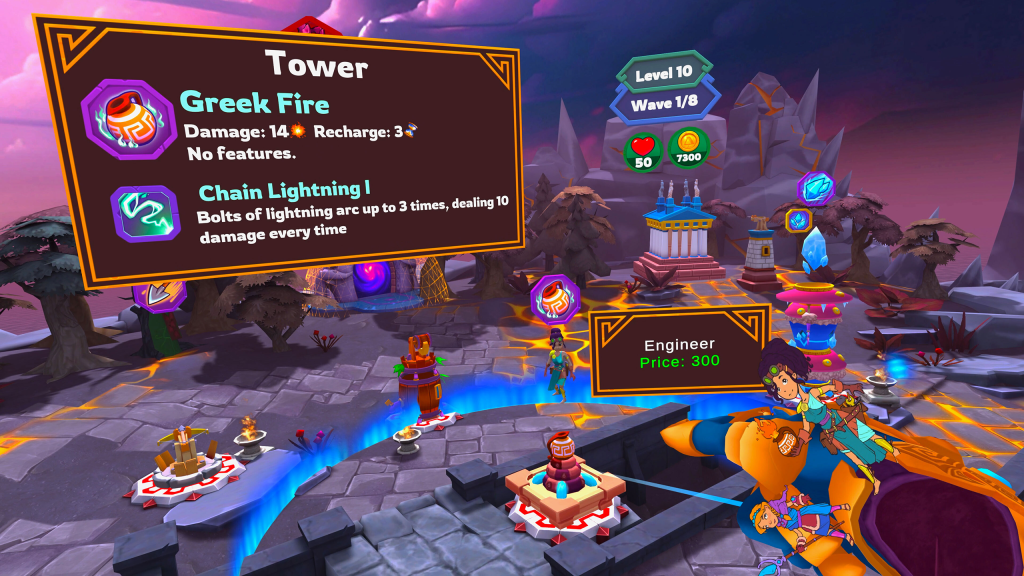
The beauty of this approach is that each time you get a new dude, you gain access to a new tower, a new upgrade/lower floor but also a new trap and trap upgrade. Two jobs even have another special building they can operate. Mixing and matching all of these gives you an incredible variety of tactical options. Although I personally fell back on some favourites such as a first-floor engineer for chain lightning, a second-floor axe thrower/Viking for an additional damaging attack and a top-floor Monk to set up the defence drop on any mobs that come through. It also means that early on you’ll need to pick whether to have one three-floor tower or three one-floor towers and of course, you can pick up and drop people mid-wave to shift your towers to where they are needed, which is handy as each stage has multiple enemy spawning portals which spawn different numbers, types and strengths of enemies each wave. I’ve played a few tower defence games but not one with this much creativity and flexibility.
The game isn’t particularly long so that tactical flexibility will be key to you trying different strategies to beat difficult stages or finding the perfect way to beat a level with a full three-star rating. Unfortunately, you can’t go back to early levels with your late-game unlocks. There are a few trophies to earn that take more than just beating each level, although at the time of writing, two of them seem to be bugged and not registering and there’s no platinum.
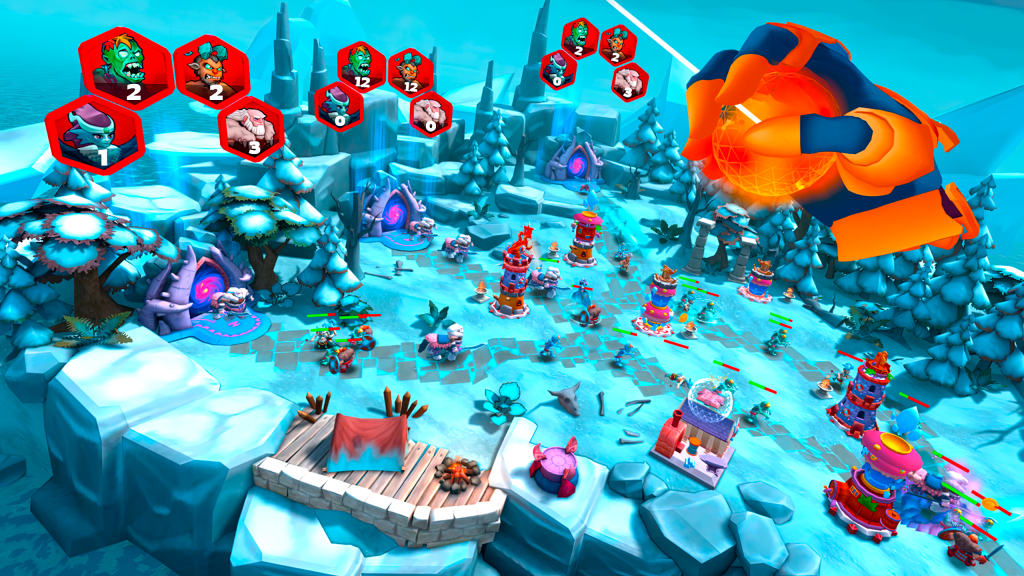
Things look and sound decent enough, I quite like the different sounds coming from my and the enemies troops and the soundtrack does it’s job even if it’s not particularly memorable. Although I’m pleased that it never feels intrusive, annoying or repetitive. The graphics felt clear enough although I had trouble making out details on distant objects. This may be down to taste but I feel the game is let down by its art style as everything feels a little generic to me, like I’ve seen these islands, temples, trees and villagers in many vaguely mythical set games. There’s a kind of “mobile game” vibe that I can’t shake despite the engaging, deep gameplay.
The pointer “beams” that extend from your virtual hands do help clue you into what you will pick up and where you will set it down but they’re always visible and almost comically large. Perhaps a setting to adjust the thickness or have them fade out over time would have been nice, or even use some of that fancy eye-tracking tech that PSVR2 offers? On top of that, it can still be difficult to pick up the object you’re aiming for if it’s in front of or behind another object.
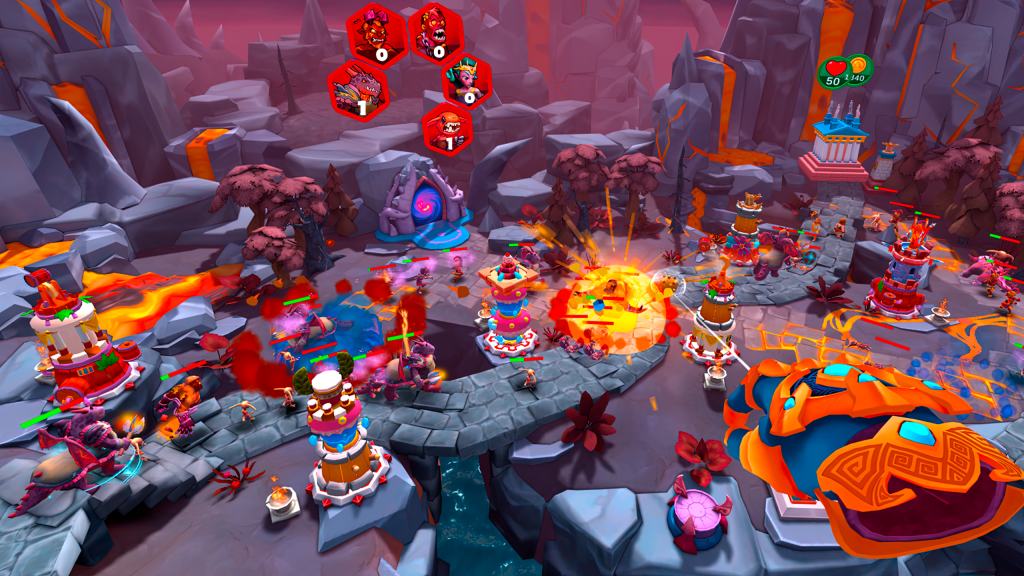
The ”story” doesn’t help either, and possibly isn’t even needed. 2D images of gods and monsters, that don’t appear anywhere else in the game, slide across the screen to narration setting up the conceit that all the big gods are busy but there’s something dark coming and you have to help. You get a knock-off Devito-looking satyr to guide you and update your progress, but he feels a bit bland too. At least he helps introduce new mechanics.
The tutorials are generally well paced and you can mash through dialogue if you’re replaying levels. It’s worth noting that if you fail or quit you can generally restart from the latest wave rather than back at square one. This is a nice touch that would have been nicer if my runs didn’t tend to fall apart in the previous wave only to leave me in a bad position for the one that actually wiped me out, but it’s more than most Tower Defence games give us.
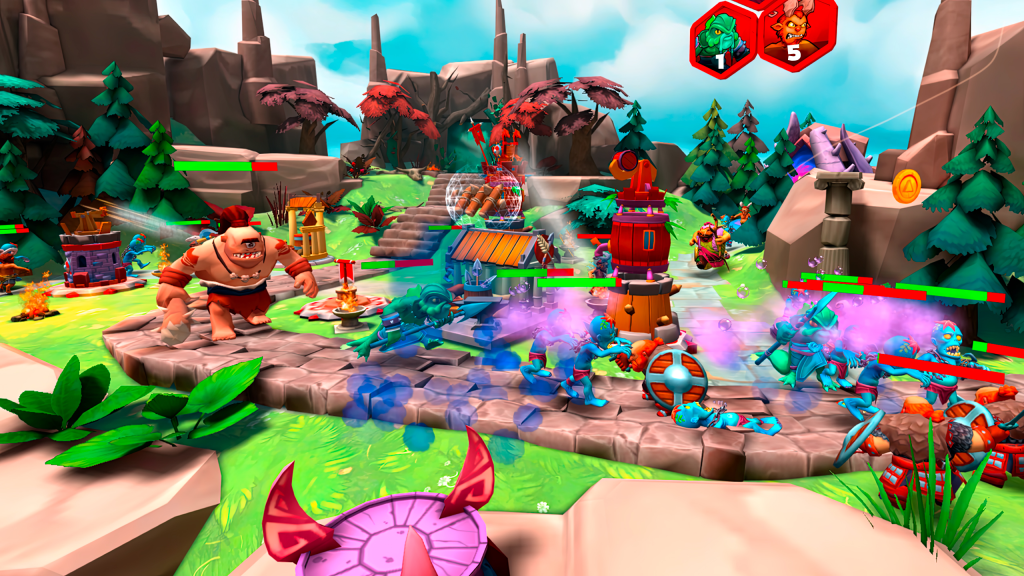
There are handy tooltips when you point with your left hand at monsters, your people or each floor of a tower, and you can use both hands independently, it’s just not always consistent. You can pick up a trap in each hand, or a villager in one and a spell in another but you can’t pick up two villagers at once. There is a handy guidebook in-game to tell you what everything does and detail each monster, although in my game it only ever seemed to show the first few things I discovered and didn’t update.
I also mentioned spells. There are two types. The first type is magical orbs that you can generate from a specific building every 30 seconds or that you have to catch from the sky. You then physically throw these at your foes. It feels janky and inaccurate at first, but – and I hate to admit it – this was mostly a skill issue. This does get easier once you get used to the slightly weird physics and it actually feels pretty cool if you casually freeze a big clump of googlies or fireball-snipe that one last goblin trying to sneak into your home/temple/base/thing. The second type charges over time and requires gestures to activate, these are powerful, and so is the nostalgia for Lionhead’s god sim Black and White. However, I can’t seem to find anywhere in-game that lists the gestures other than perhaps replaying the missions where you first unlock the spell.
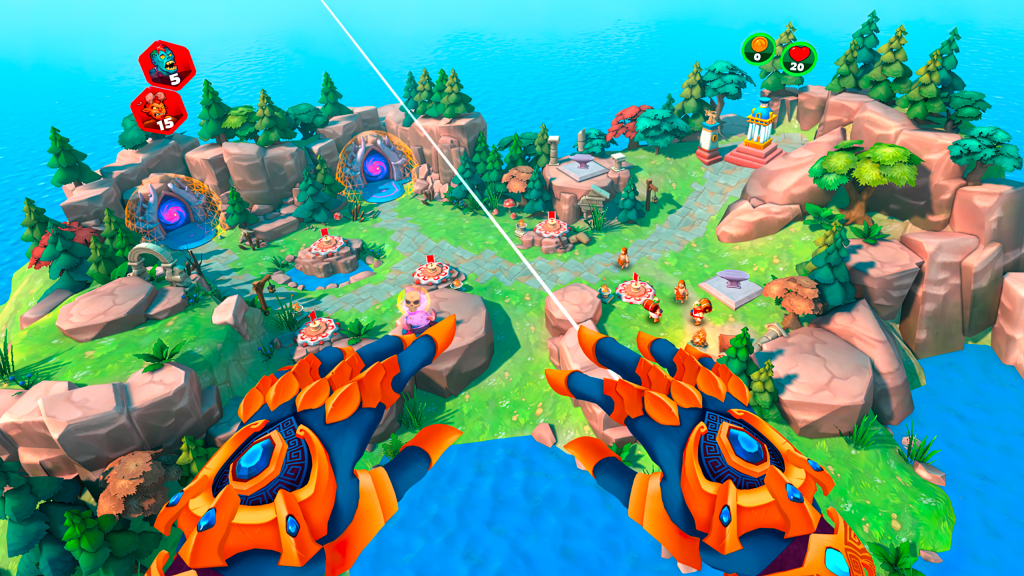
The core gameplay of Towers and Powers is engaging and, as gimmicky as throwing spell orbs seems, the general implementation of VR mechanics does add to the game and create a fun immersive experience. Nonetheless, the generic design and relatively short play time coupled with little replay value really counts against the overall experience.




